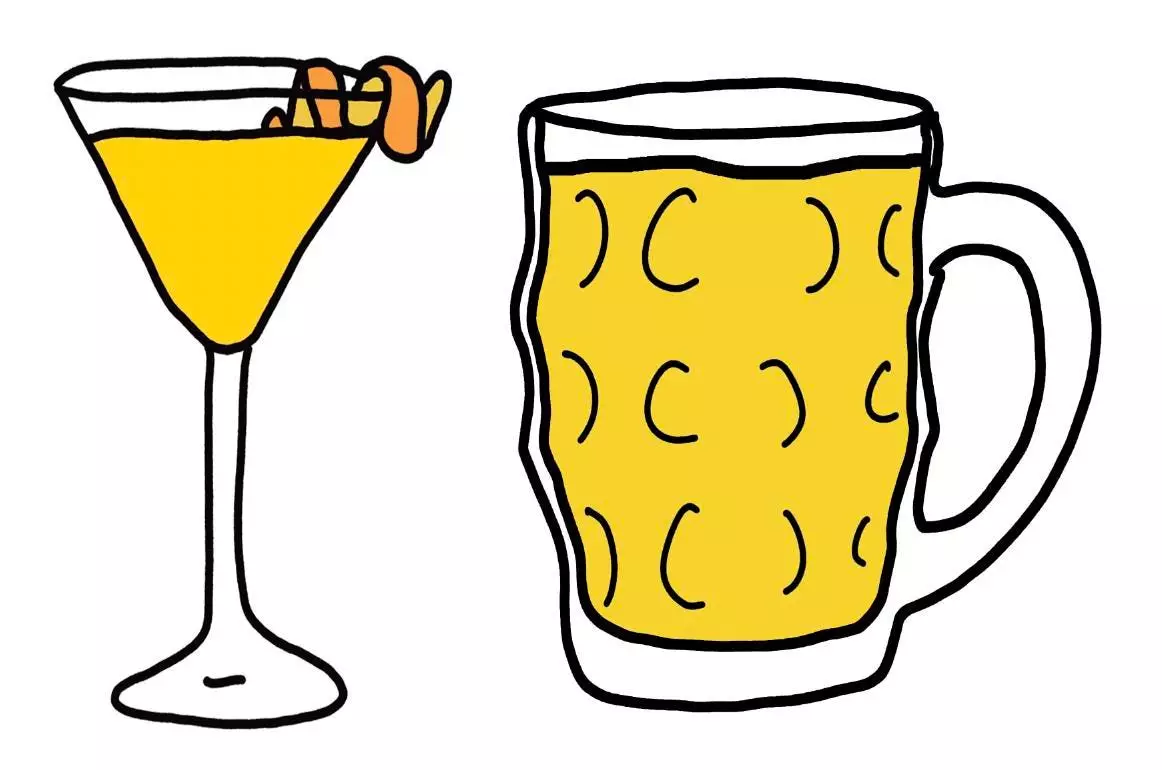For centuries, beer has been synonymous with casual gatherings, tailgates, and comfort foods. Its rich diversity, from light lagers to dark stouts, has traditionally kept it confined to informal settings. Yet, this perception is painfully narrow. The world of cocktail craft offers endless opportunities to harness beer’s nuanced flavors, transforming it from a simple beverage into a versatile ingredient capable of elevating any drinking occasion. Beer cocktails, once the domain of novelty, now emerge as elegant innovations, allowing the drinker to explore new dimensions of flavor and texture.
Realizing beer’s potential in high-end cocktail culture requires a shift in perspective. It’s no longer just about pairing beer with pizza or chips; it’s about crafting balanced, sophisticated drinks that highlight beer’s unique qualities. When approached with intention, beer adds complexity, mouthfeel, and aroma to cocktails in a way that other spirits cannot easily replicate. The key lies in understanding how to manipulate its diverse profiles—from the bitterness of IPAs to the sour notes of lambics and the sweetness of wheat beers—to suit each drink’s particular personality.
Mastering the Art of Beer Pairing in Cocktails
Creating a memorable beer cocktail begins with a deep understanding of the beer itself. Each variety has an intrinsic personality—its alcohol strength, bitterness, sweetness, carbonation, and aroma. For example, aggressively hoppy IPAs, often characterized by citrus and pine notes, can serve as a tart, bitter backbone for refreshing summer drinks. Conversely, sweeter wheat beers lend themselves well to creamier, dessert-style cocktails. Sour beers, with their vibrant acidity, open vast possibilities for complex, layered drinks.
Melissa Cole, a prominent beer writer, encourages bartenders and enthusiasts alike to scrutinize beers like they would ingredients in a recipe. She advocates for paying close attention to the primary aromas: is the beer floral, citrusy, roasted, or funky? Each trait can enhance different kinds of cocktails — whether it’s integrating the bright notes into a spritz or balancing malt richness against bold spirits in a stirred drink. The goal is to lean into what the beer naturally offers rather than mask it.
The interplay of carbonation is another critical factor. Beers with high carbonation, such as Belgian saisons or certain goses, serve as natural effervescent tools, adding body and aroma while also providing a refreshing lift. This makes them perfect substitutes for soda in mixed drinks. Their lively bubbles imprint a playful texture and aroma that elevates the drinking experience from mundane to memorable.
Innovative Techniques and Creative Pairings
Versatility is beer’s greatest asset in mixology. Modern cocktail craftsmanship isn’t just about combining spirits with mixers; it’s about creating harmony between ingredients. Use beer to add body, contrast, or subtlety, depending on your vision.
For instance, a beer-based “float” using non-alcoholic stout can be a playful yet refined mocktail, blending richness with a touch of frothy fun. Beer’s bitter or sour qualities can balance out sweetness in cocktails, just as the acidity can cut through richness, making drinks more balanced and intriguing.
One powerful technique is leveraging beer as a mixer in batch cocktails for gatherings. Take the classic Greyhound, but elevate it by adding a splash of session IPA or American pale ale. Pair whispers of citrus and hop character carefully with grapefruit juice and vodka, creating a drink that is both light and complex. Likewise, the tropical gose or Berliner weisse, when muddled with lychee and lime, results in vibrant, multi-layered cocktails that are ideal for summer days—refreshing, tangy, and full of character.
The possibilities extend further when you experiment with ingredients such as herbs, spices, and fruit juices that complement the beer’s inherent flavors. Crafting cocktails with beer is about thoughtful balance: amplifying what’s best about the beer while tailoring it to match your preferred flavor profile. With the right approach, beer transitions from a humble accompaniment to a central component of sophisticated cocktail artistry.
Challenging Conventions and Embracing Innovation
The traditional view of beer as a casual, lowbrow drink is rapidly dissolving. As the craft cocktail scene pushes boundaries, beer finds itself at the frontier of innovation. It’s not merely about using beer as a splash of flavor; it’s about reimagining its place in the broader landscape of high-end mixology.
This shift demands a boldness in approach. Responsible bartenders and connoisseurs realize that mixing beer with spirits and other ingredients isn’t just a gimmick—it’s an exploration of flavor chemistry. The use of alcohol-free beers, for example, opens avenues for inclusive, non-alcoholic drinks that don’t sacrifice complexity or enjoyment. These mocktails can be as delightful and layered as their boozy counterparts, expanding the beverage palette and making craft cocktails accessible to everyone.
Ultimately, embracing beer cocktails is about rejecting outdated constraints and daring to innovate. It’s about seeing beer not just as a beverage to be consumed, but as a powerful ingredient that, when used thoughtfully, can revolutionize your understanding of what a cocktail can be. The future of mixology belongs to those brave enough to harness beer’s full potential—not just in casual settings but as a serious, refined component of modern culinary artistry.


Leave a Reply